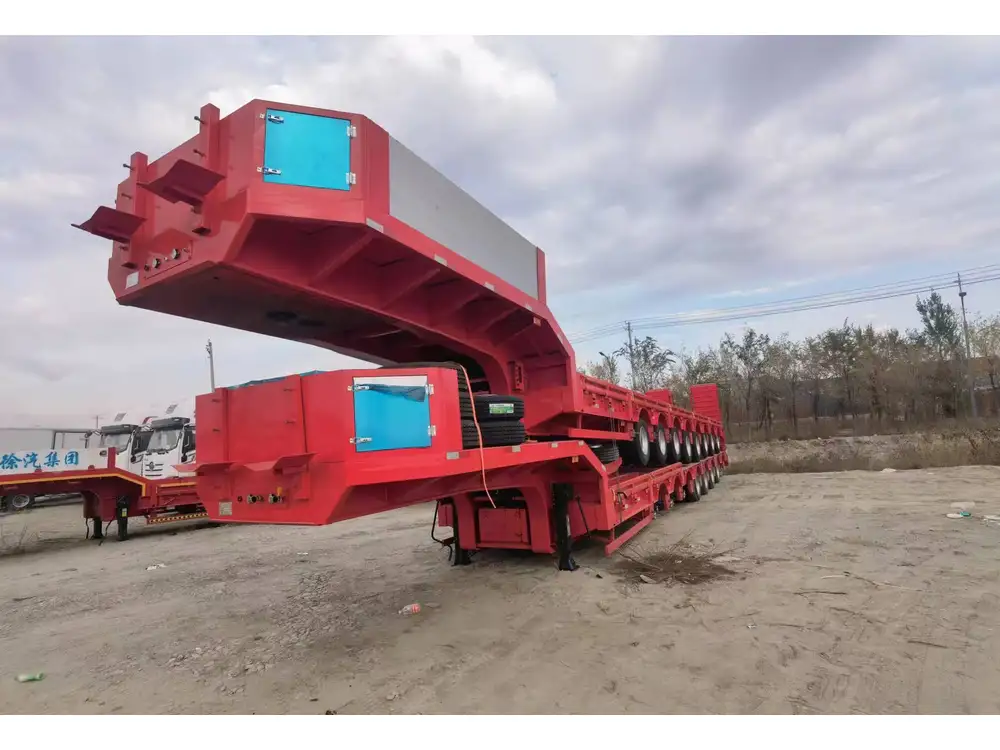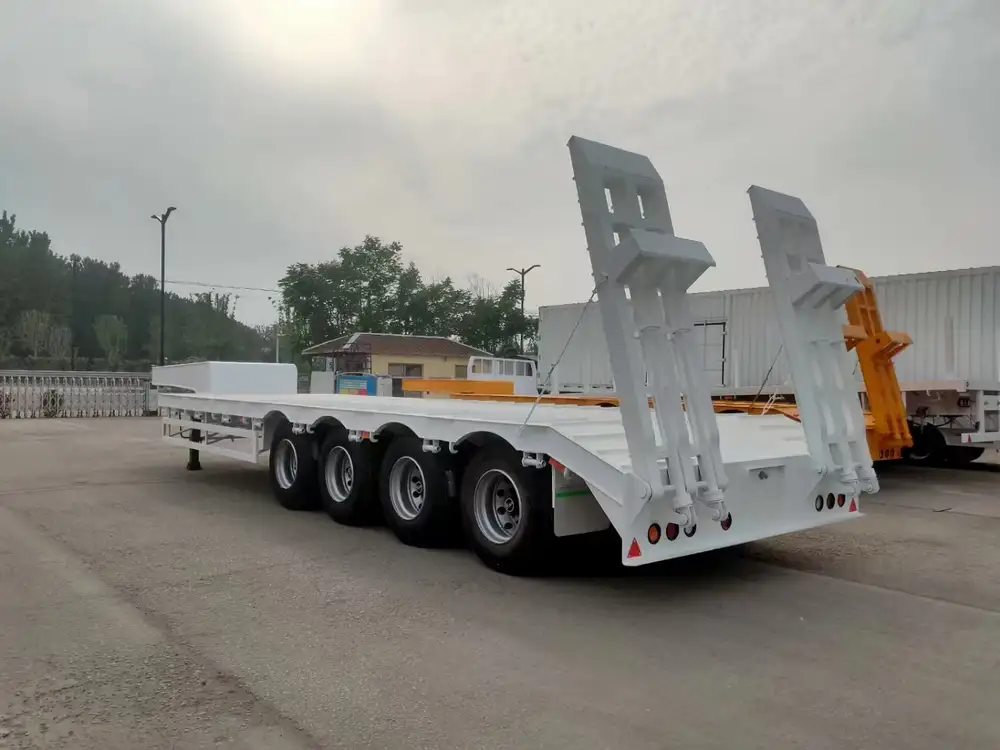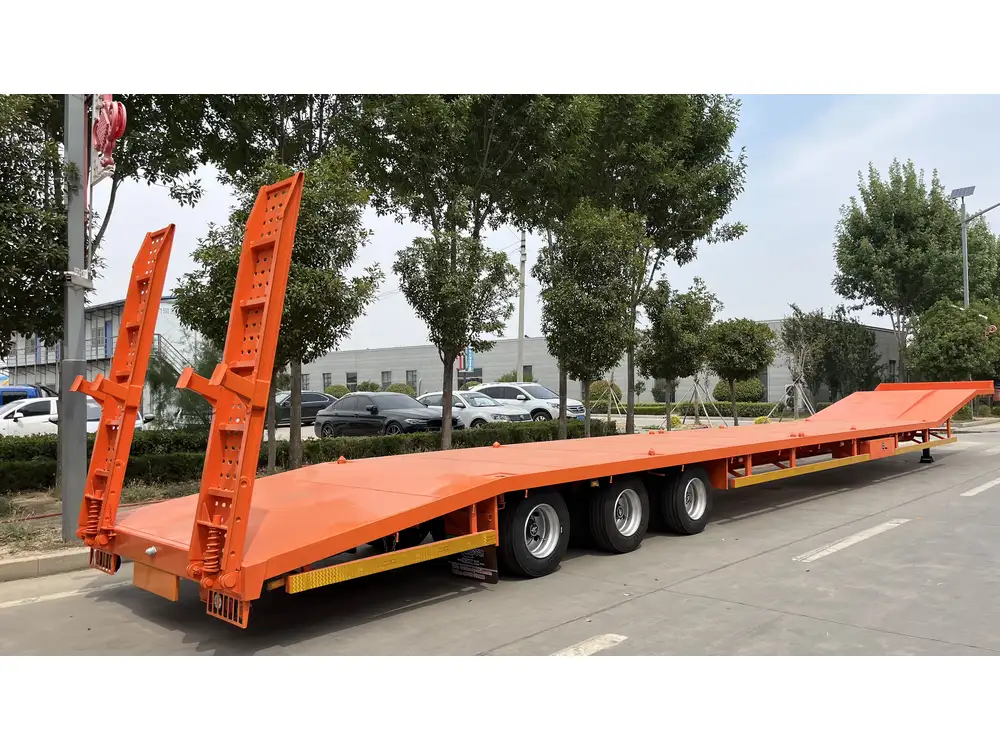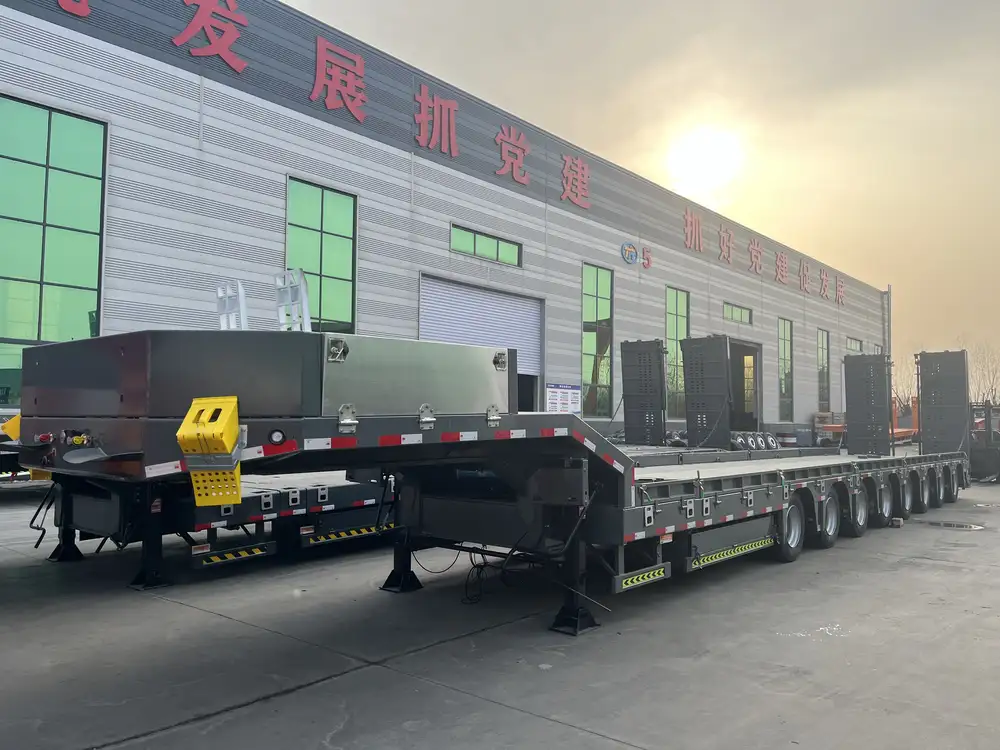Air brakes are pivotal in ensuring the safe operation of semi-trailers, especially in heavy-duty transport applications. This article aims to shed light on their intricate workings, components, and maintenance while addressing common concerns among users. With user safety and efficiency as paramount considerations, we structure our content to enhance understanding and facilitate informed decision-making.
Understanding the Basics of Air Brakes
What Are Air Brakes?
Air brakes are a type of braking system commonly used in heavy vehicles such as semi-trailers, buses, and trucks. They rely on compressed air to function, differentiating them from hydraulic brake systems found in lighter vehicles. This mechanism allows for quicker braking response and enhanced stopping power, critical when managing large loads and navigating varied terrain.

How Do Air Brakes Operate?
The operation of air brakes is fundamentally governed by the principles of compressed air. The primary components involved include the compressor, air reservoirs, brake chambers, and slack adjusters. Here’s a detailed breakdown of each:
1. Air Compressor
- The air compressor draws in ambient air and compresses it, sending it through a delivery line to the air reservoir. This component is pivotal for maintaining adequate air pressure in the system.
2. Air Reservoir
- Reservoirs store compressed air within tanks, ensuring a steady supply for brake application. They’re designed to withstand high pressures and are often equipped with drain valves to eliminate moisture buildup.
3. Brake Chambers
- These are the actuators in the air brake system. When the driver presses the brake pedal, air is released from the reservoirs into the brake chambers. This air pressure pushes against a diaphragm inside the chamber, forcing a push rod that applies pressure to the brakes.
4. Slack Adjusters
- Slack adjusters are mechanisms that automatically adjust the brake’s position to maintain optimal performance as the brake components wear. They ensure consistent brake application and reduce the likelihood of brake failure.
The Braking Process Explained
1. Air Application:
- When the driver engages the brakes, the brake pedal activates the valve system, releasing compressed air from the reservoirs to the brake chambers.
2. Activation of Brakes:
- As air fills the brake chambers, diaphragms expand and push the push rods outward, which in turn activates the brake shoes or discs against the drum or rotor, leading to vehicle deceleration.
3. Release of Brakes:
- Releasing the pedal closes the valve, isolating compressed air within the brake system. The return springs retract the brake shoes, allowing the vehicle to roll freely.
The Role of the Brake Pedal and Valve
While the components outlined above play vital roles in the functioning of air brakes, the interaction between the brake pedal and the valve system is equally crucial for effective operation.

Features of the Brake Pedal System
- Foot-operated Mechanism: The brake pedal initiates the braking process by controlling the airflow into the brake chambers.
- Dual Controls: Semi-trailers often feature dual brake systems for redundancy, enhancing safety in case one system fails.
Common Concerns and Misconceptions
Understanding Air Pressure
One common concern among drivers and fleet operators revolves around air pressure retention within the system. It’s essential to monitor both the supply pressure (typically around 100-120 psi) and the pressure drop that occurs during brake application. Low air pressure can severely compromise braking efficiency.

Diagnostics: Troubleshooting Air Brake Issues
Identifying problems with air brakes can be daunting. Here’s a concise guide for troubleshooting:
| Problem | Symptoms | Possible Causes | Solutions |
|---|---|---|---|
| Air pressure drops rapidly | Inconsistent braking response | Leaks in the air lines or chambers | Inspect and replace damaged seals or hoses |
| Brakes drag or do not release | Increased heat, wear on brake components | Faulty slack adjusters or brake chamber malfunction | Adjust slack adjusters; replace defective components |
| Warning light illuminated or buzzer alarms | Alert in the vehicle cabin | Low supply air pressure or failure in the control system | Check air pressure, inspect for leaks and replace defective parts |
Maintenance: Ensuring Longevity and Safety
Rigorous maintenance routines are vital for air brake systems. Here’s a breakdown of essential maintenance practices to keep a semi-trailer’s braking system in optimal condition:
Regular Inspections:
- Inspect all components, including hoses, fittings, and brake chambers, for signs of wear or damage.
Moisture Control:
- Regularly drain moisture from air tanks to prevent rust and corrosion, ensuring uninterrupted performance.
Adjustments:
- Periodically check and adjust slack adjusters to ensure that the brakes engage properly, especially as wear occurs.
Air Pressure Monitoring:
- Utilize air pressure gauges to monitor and maintain proper pressure levels in the reservoirs.
Seek Professional Assistance:
- When in doubt, consult with a professional who specializes in air brake systems for a thorough assessment and repair.
Eco-Friendly Alternatives: The Future of Air Brakes
As environmental concerns escalate, manufacturers are increasingly focusing on sustainability. Innovations in air brake technology have led to developments such as regenerative braking systems. These systems capture kinetic energy during braking, which can be reused, thus enhancing energy efficiency and reducing wear.

Current Trends in Air Brake Technology
| Trend | Description | Benefits |
|---|---|---|
| Regenerative Braking | Captures energy during deceleration | Increased efficiency; reduced wear on brake components |
| Smart Braking Systems | Integration of sensors to optimize brake application | Enhanced safety and responsiveness |
| Advanced Diagnostics | Real-time monitoring of brake performance | Proactive maintenance and reduced downtime |
Conclusion: The Imperative of Knowledge
Understanding how air brakes on a semi-trailer operate is not merely academic; it’s vital for ensuring safety and efficiency in the transportation industry. Implementing a robust maintenance schedule, being aware of common issues, and keeping abreast of technological advancements can significantly bolster performance and safety.
By embracing best practices and remaining informed on developments in air braking systems, operators can ensure optimal performance, enhancing not only the reliability of their vehicles but also the safety of road transport as a whole.
Through continuous learning and application of the insights gathered here, we pave the way for a future where trucking is not only efficient but also safe and sustainable.



